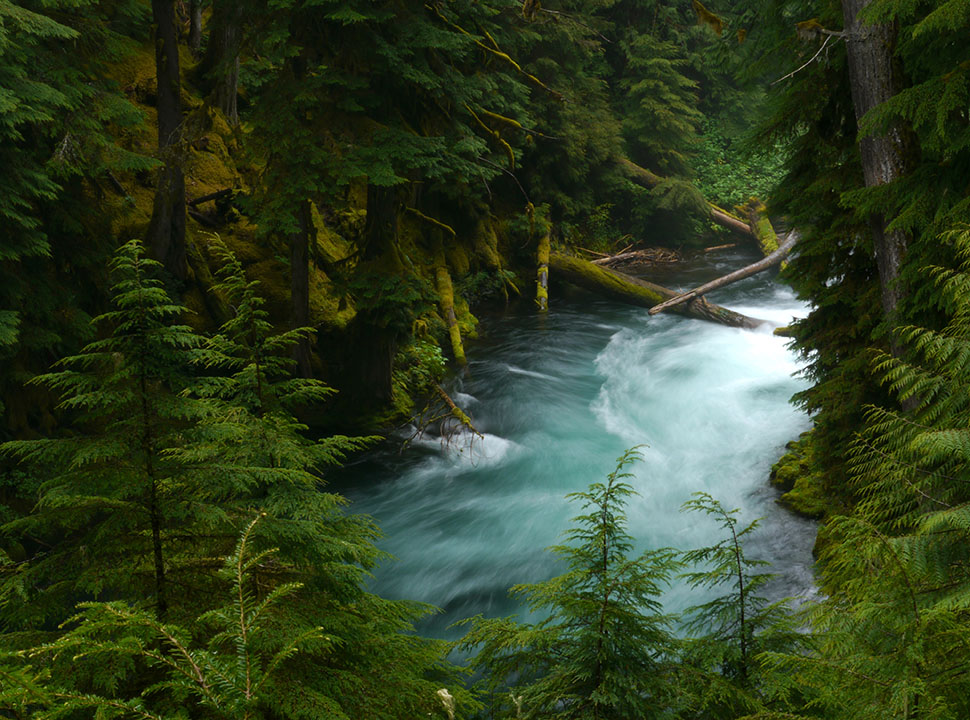Join our project email list
Click here to start receiving news and updates on EWEB’s Willamette Water Treatment Plant project
For nearly 90 years, the community of Eugene has relied on the McKenzie River as our only source of drinking water. If something happened—there was a chemical spill, a toxic algae bloom, or other disaster—EWEB would be unable to count on the river to meet the city’s drinking water needs. With no other source to turn to, taps would run dry.
Since clean water is vital to public health, safety and the economy, EWEB is planning to add the Willamette River as a second source of water for Eugene. Water from the Willamette River would supplement our primary supply and serve as a critical backup should our sole source, the McKenzie River, or sole filtration plant, Hayden Bridge, become unavailable due to a natural or human caused disaster.
EWEB is evaluating multiple options for adding the Willamette as a second source, including building a new standalone plant and other regional solutions.
Costs and Affordability Strategies
There’s no question—our community needs a second source of drinking water. At the same time, we understand that affordability is a top concern for our customers.
While Eugene’s water rates remain among the lowest in the region, the cost of delivering safe, reliable water has risen over the past decade. Factors such as inflation, supply chain disruptions, and increasing regulatory demands have all contributed to rising project costs.
As we move forward, our focus is on how to responsibly meet the need for a second water source while keeping rates as affordable as possible.
To that end, we are developing a comprehensive funding strategy that includes:
- Thoughtful rate adjustments
- Borrowing options to spread costs over time and reduce near-term financial impact
- Potential deferral of other capital projects within the distribution system
- Actively pursuing grant opportunities and state/federal funding
- Exploring regional resilience and partnership opportunities to share costs and improve system-wide emergency preparedness
Learn More about a Standalone Treatment Plant: Project Timeline | Project Location | Water Quality | Environmental Impacts & Mitigation Measures | Presentations & Links | Frequently Asked Questions
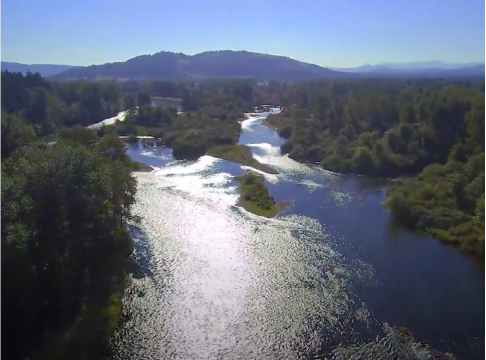
Project Timeline
EWEB has been studying options for a second source for decades. Technical investigations, capacity studies, and risk and reliability assessments confirm the Willamette River is the best option to provide Eugene with a second source of drinking water. Building a standalone treatment plant on the Willamette would enable EWEB to continue having ownership and control of its drinking water assets in perpetuity.
In September of 2024, EWEB submitted a Joint Permit Application to the U.S. Army Corps of Engineers and Oregon Department of State Lands to address environmental permitting for a standalone treatment plant. As the permitting process continues, EWEB is moving forward with the detailed design of the new plant, associated pipeline, and water intake structure to establish a firm cost for the project.
Project updates will be posted on this webpage. You can also join our project email list to stay informed.
Project Location
Should EWEB elect to build a standalone plant, it would be located in Glenwood, on the west bank of the Willamette River, with a pipeline connecting the plant to EWEB’s existing system near the Knickerbocker Pedestrian Bridge. Through careful consideration of different siting alternatives, this location was selected based on its seismic, water quality, and constructability benefits.
The proposed intake is near the confluence of the Coast and Middle Forks. Immediately upstream of the intake is the 1,300-acre Willamette Confluence, important floodplain lands, owned by the McKenzie River Trust (MRT). Having the confluence preserve upstream of the intake is ideal to protect and optimize water quality.
View Larger Map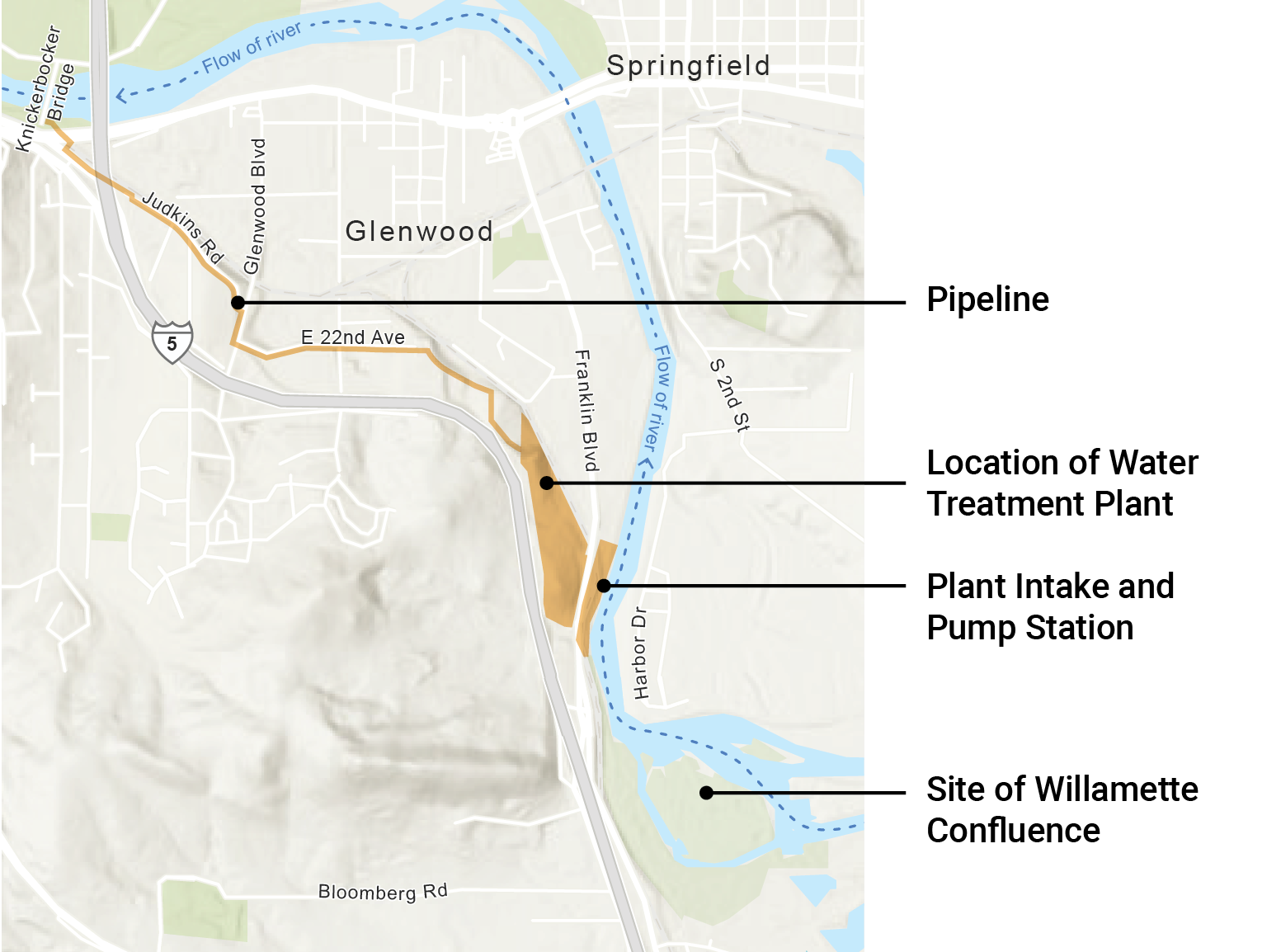
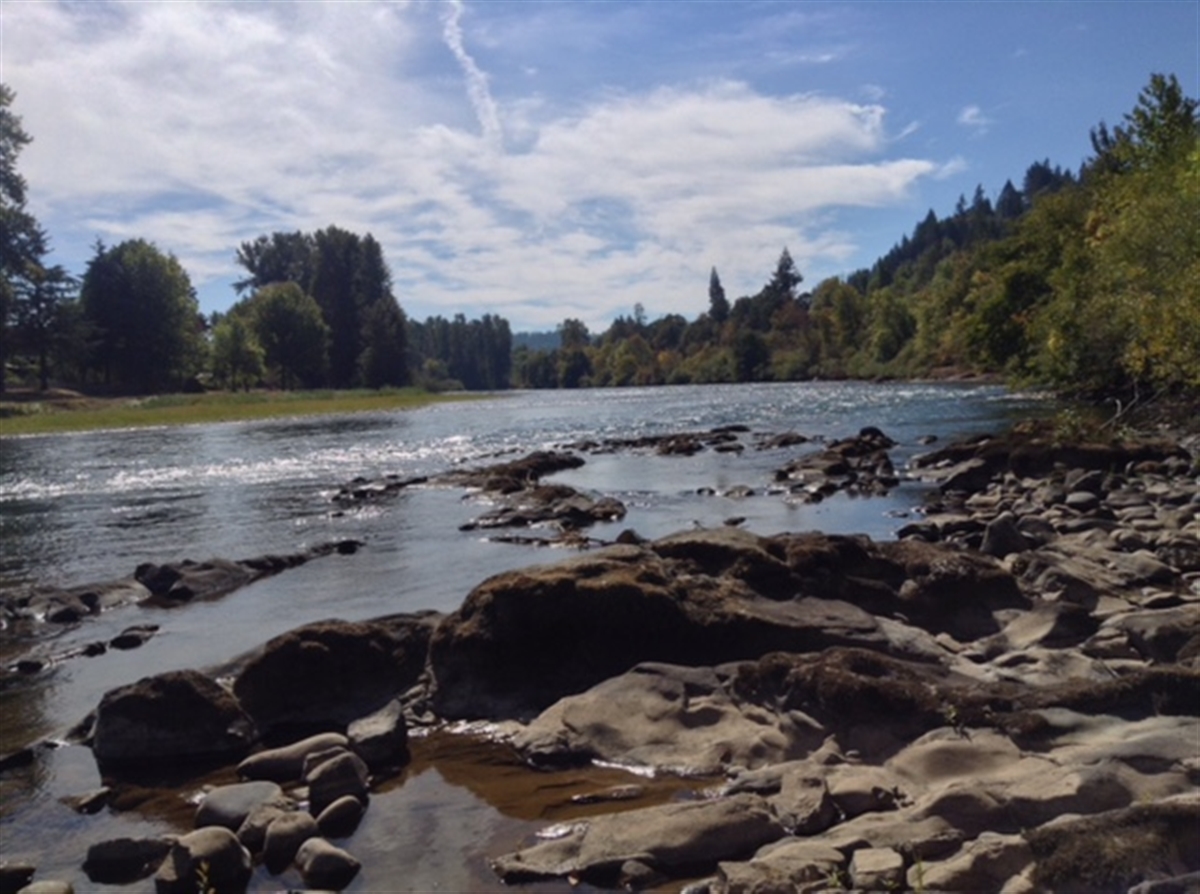
Water Quality
The Oregon Department of Environmental Quality scores the Willamette River as “Excellent” at 92.94/100 on the Oregon Water Quality Index less than a mile downstream of the proposed intake for the standalone plant option.
The addition of water from a new plant into the existing EWEB system is expected to be imperceptible even to the most discerning water users like medical facilities, dialysis centers, and breweries because raw water from the Willamette and McKenzie are similar in composition and can be treated to achieve similar characteristics.
Learn MoreEnvironmental Impacts & Mitigation Measures
EWEB is committed to protecting the river and surrounding landscape should we pursue the construction of a standalone Willamette Water Treatment Plant.
We have developed several draft mitigation measures to offset impacts of new infrastructure and are working with permitting agencies to finalize our mitigation approach.
Learn More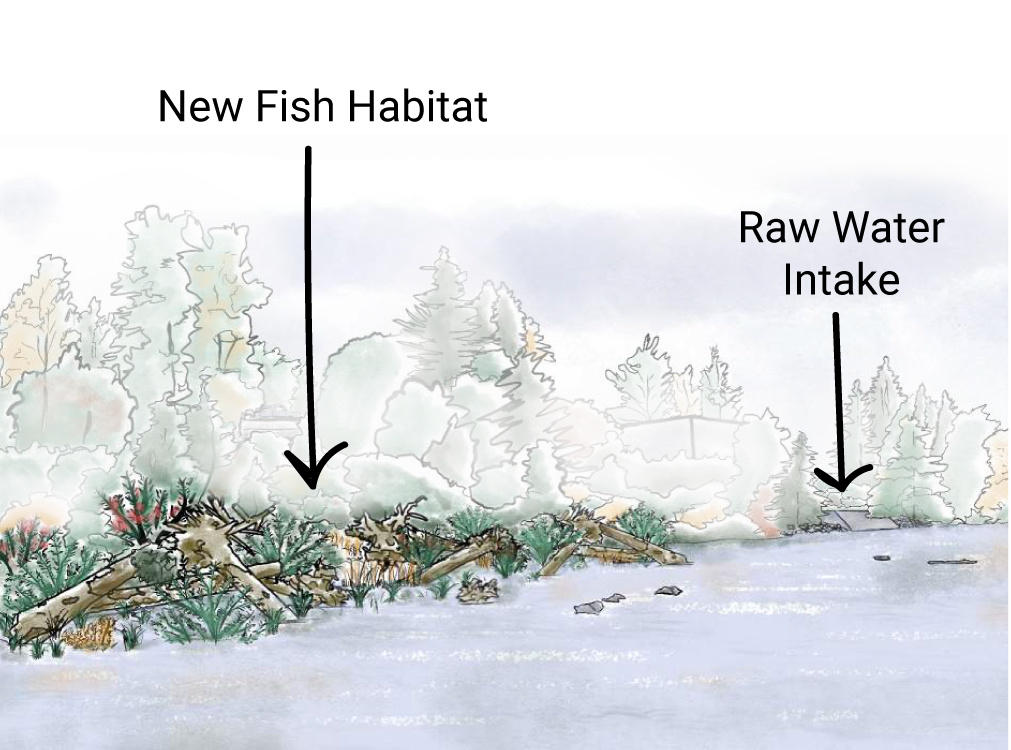
Presentations and Links
Industry Open House - January 2025. Project Manager, Laura Farthing, P.E., Senior Water Quality Specialist, Brenda Casarez, and Water Treatment Supervisor, Toby Dixon, presented about the potential standalone treatment plant at Ninkasi Brewing on January 30, 2025.
City Club of Eugene Presentation - January 2025. Chief Operations Officer, Karen Kelley, discusses why establishing a second source is necessary to establish a resilient water supply for Eugene.
Board Meeting Presentation - October 2021. Chief Operations Officer, Karen Kelley, and Water Engineering Supervisor, Wally McCullough, presented information about the proposed standalone plant and associated transmission project to the EWEB Board and heard input on the scope and commitment to fund the project.
Frequently Asked Questions
Investing in a second source will enhance the reliability of our community's most vital resource, clean drinking water, for generations to come.
Read FAQRelated Programs
Protecting the McKenzie River Watershed helps to ensure excellent drinking water quality for customers and residents today and into the future.
Learn more about your drinking water, including how you can help keep our public water supply clean through backflow prevention. Also check out tips for preventing freezing pipes.

